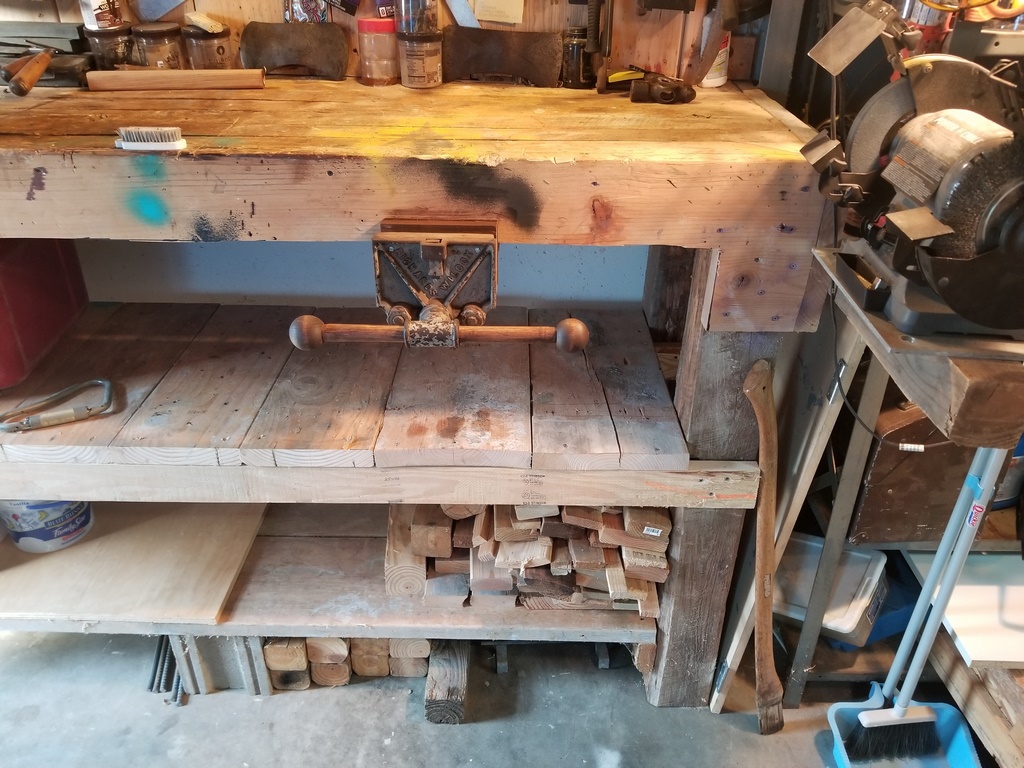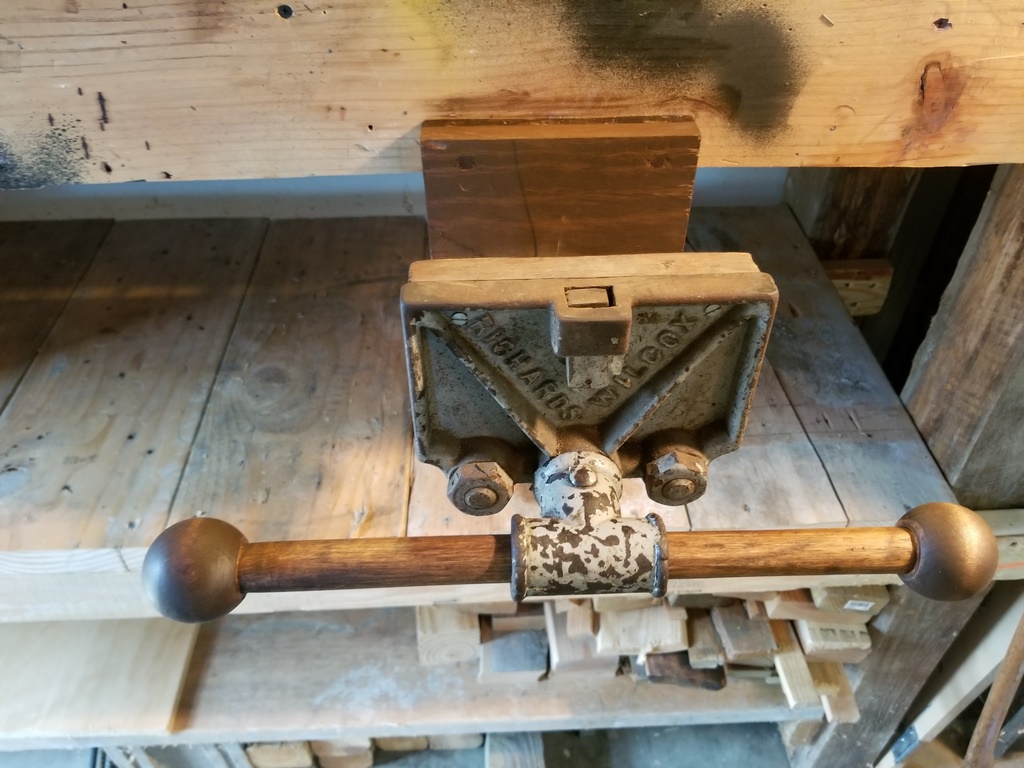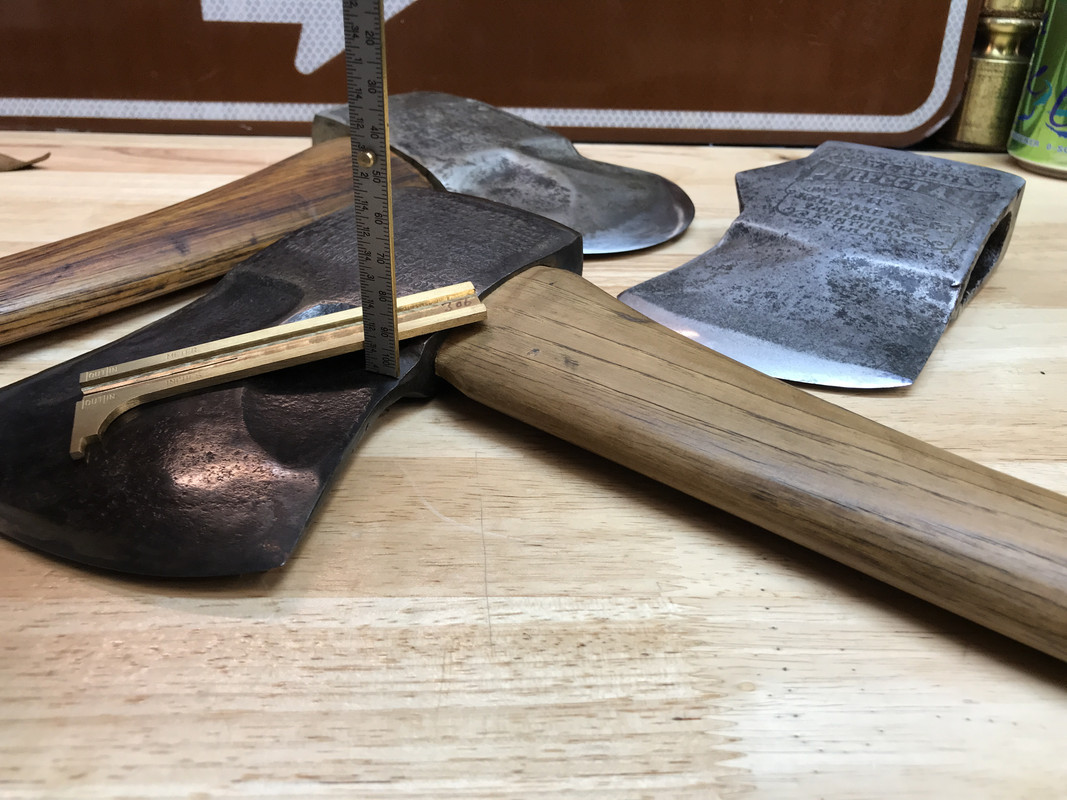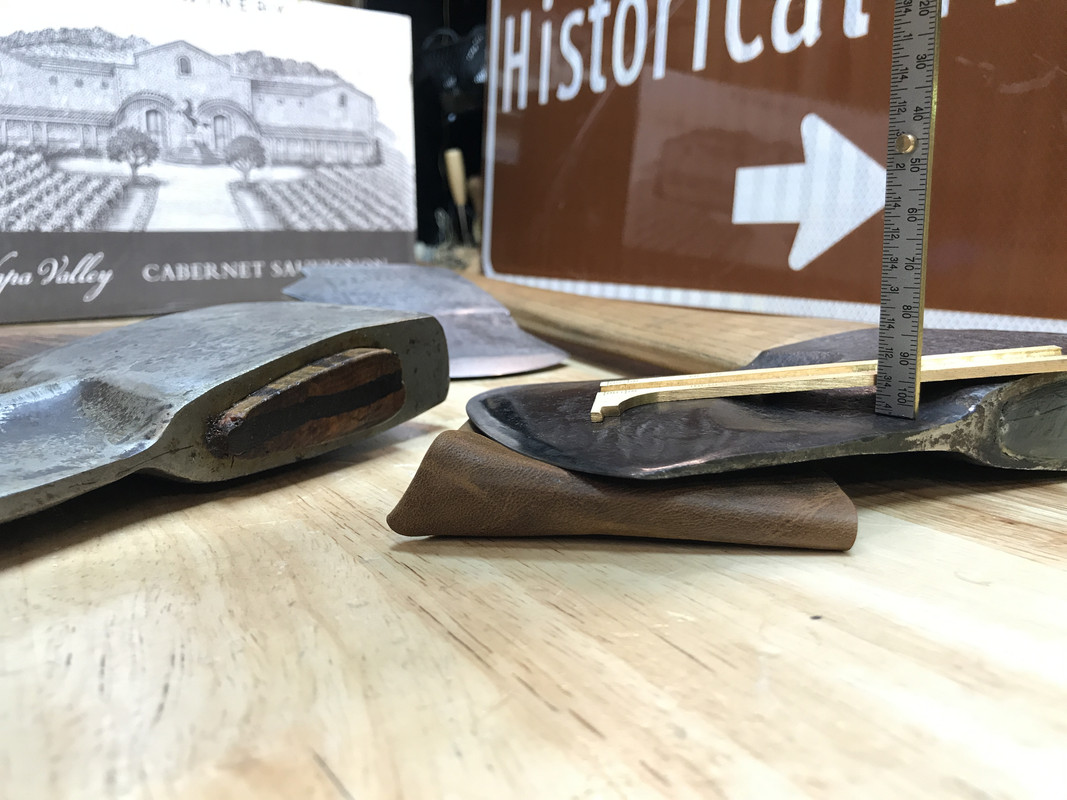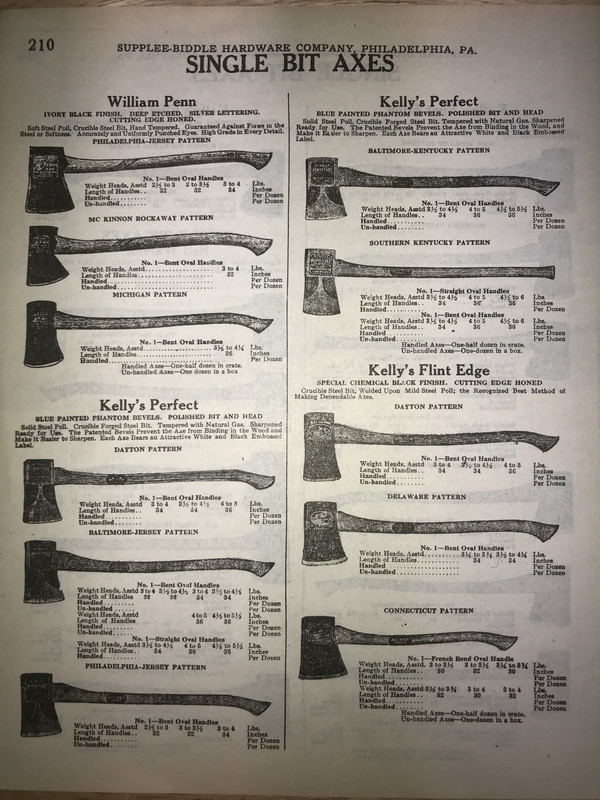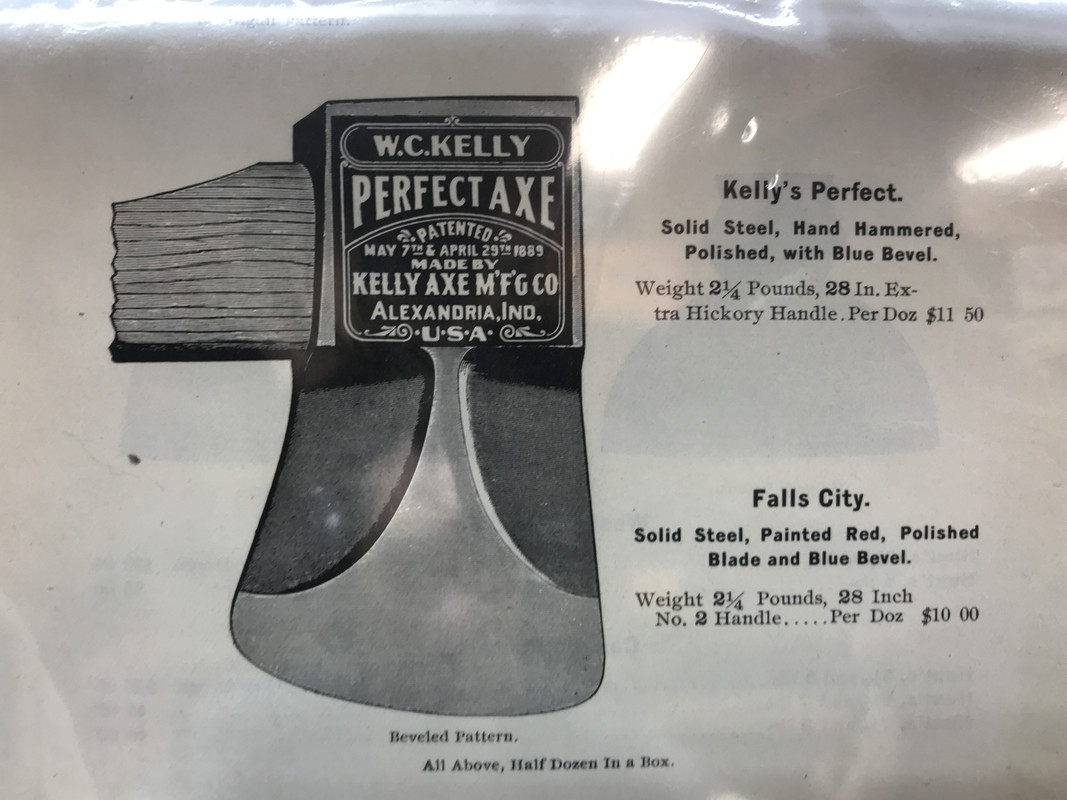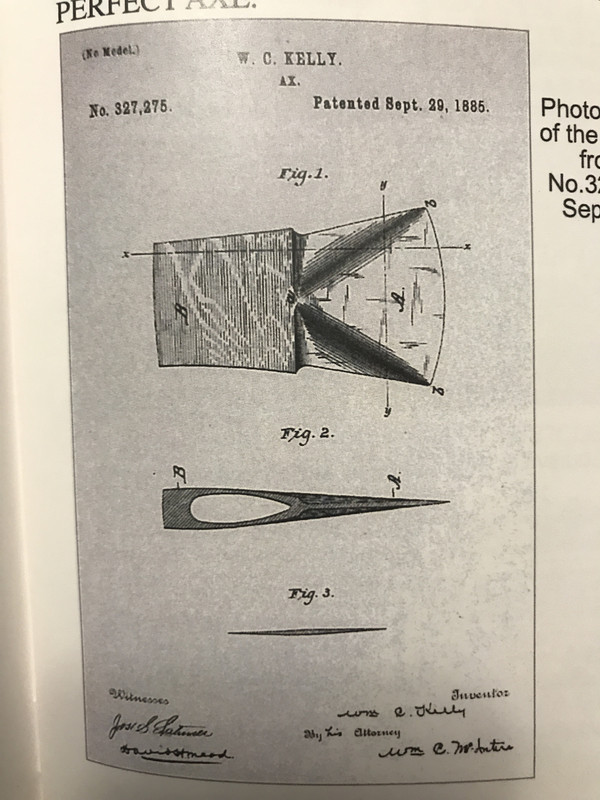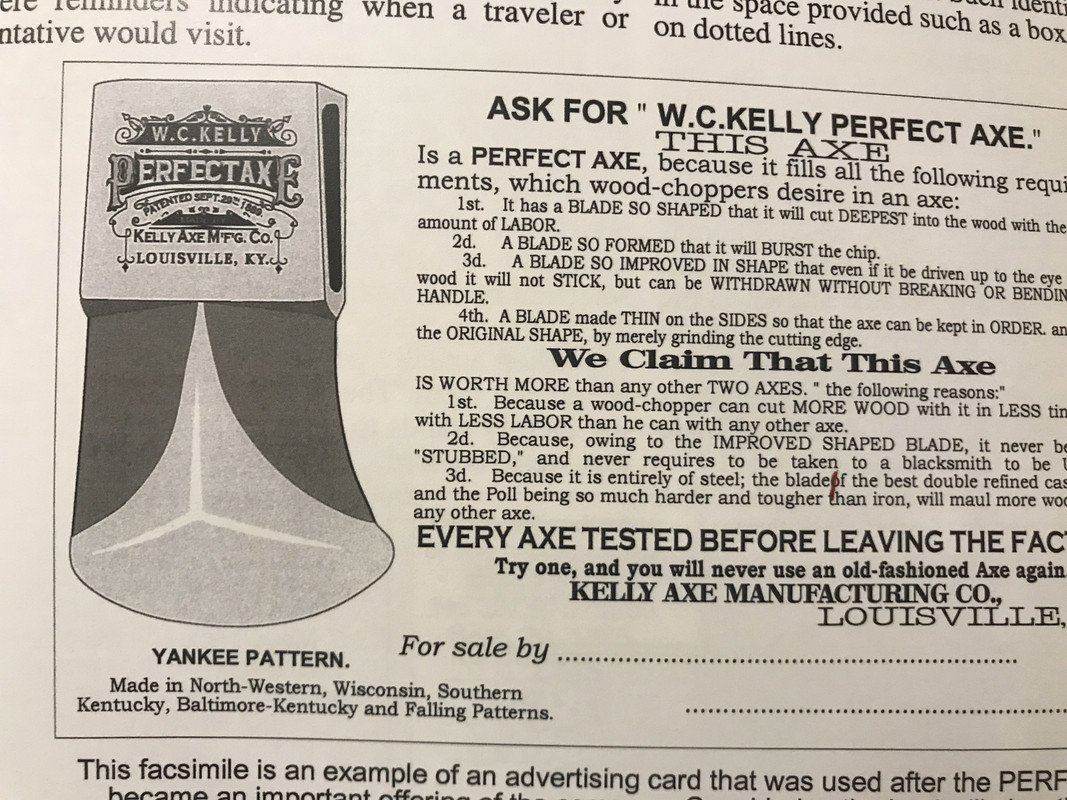- Joined
- Mar 2, 2013
- Messages
- 1,772
It's why I pointed out the possible ambiguity of the sentence quoted. The one may not see the sought after connection while the other will. I guess we can never know the intended meaning. Even so, a connection is clearly implied and subsequently confirmed.It is not clear to me that Mercer was actually looking for a connection to Europe.
Bob
Don't worry AH I think you, anyway, are a bit more sensible than to argue the reverse migration theory. Not to be too anal or anything but at the same time I wouldn't want to dismiss the distinction, but in the text "holzaxt" is used at least twice that I can see.
HolzAXE? believe me I'm familiar with the mixed language, it's what's spoken at my house.I jump at the "Holz axt" being considered the wrong term with us here. "Holzaxe" is what the American German immigrants called that style, regardless of resulting forged forms.
Still seeing this example on the display board out of das Vaterland I had to revise my first impression that it was some kind of mongrel aberration and see it now as the accurate reproduction it is. Or, even the possibility it was in fact brought from Germany in the migration. But then I guess it wouldn't really belong in a book, American Axes, would it, and the title would be something like, Axes Found in America.

